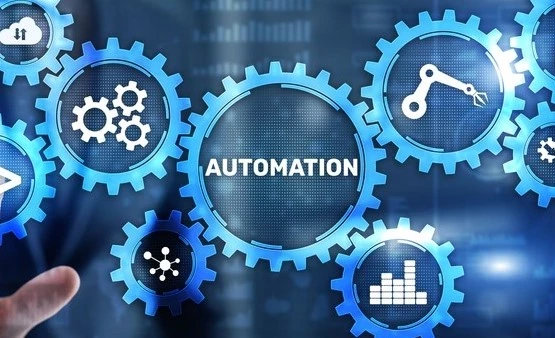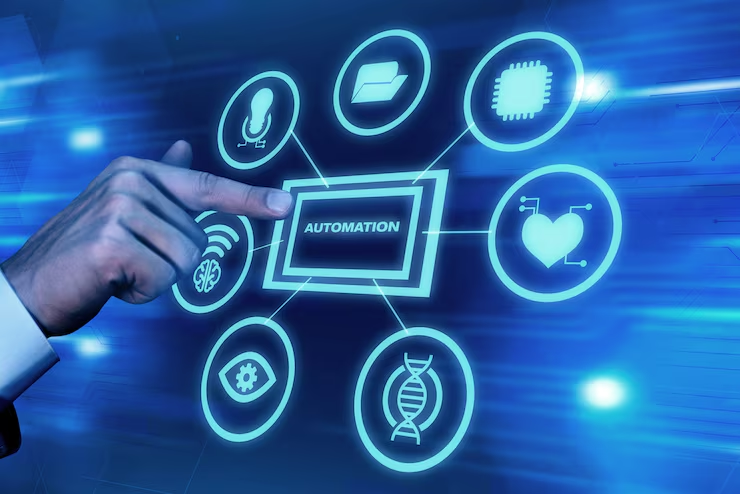Cybersecurity continues to be a critical concern in 2025 as cybercriminals continue to adopt increasingly sophisticated tactics. Organizations must stay informed and prepared to tackle this challenge. Here is a roundup of some of the top cybersecurity threats in 2025 and suggestions on strategies to defend against each of them.
AI-Driven Cyberattacks
Cybercriminals are leveraging Artificial Intelligence to launch adaptive and highly targeted attacks. AI-powered tools can bypass traditional defenses and execute phishing campaigns with alarming precision.
- Implement AI-based security systems to detect and mitigate threats in real time.
Ransomware 3.0
The next generation of ransomware now includes double extortion encrypting data and threatening the organization to leak sensitive information if demands aren't met.
- Regularly backup critical data, enforce strong access controls, and conduct ransomware simulation exercises.
Supply Chain Attacks
Attackers are increasingly targeting vendors and suppliers to infiltrate bigger networks.
- Conduct thorough security assessments of third-party vendors and establish robust supply chain risk management policies.
Deepfake Technology Abuse
Deepfake technology is used to impersonate executives or employees in social engineering schemes.
- Train employees to recognize Deepfake content and deploy advanced verification systems for sensitive communication.
IoT Vulnerabilities
The proliferation of Internet of Things (IoT) devices has expanded the attack surface, making them a popular target for cybercriminals.
- Secure IoT devices with strong passwords, firmware updates, and network segmentation.
Cloud Misconfigurations
As businesses increasingly migrate to the cloud, misconfigurations could expose sensitive data to breaches.
- Conduct regular cloud security audits, use automated configuration tools, and train staff on secure cloud practices.
Credential Stuffing
Attackers use automated tools to exploit reused or weak passwords across multiple platforms.
- Implement multi-factor authentication (MFA) and passwordless authentication methods.
Insider Threats
Disgruntled employees or those with malicious intent remain a significant cybersecurity challenge.
- Monitor user activity, restrict access based on roles, and promote a positive workplace culture to minimize risks.
Zero-Day Exploits
Unpatched vulnerabilities in software and systems are being exploited faster than ever.
- Adopt a proactive patch management system and utilize threat intelligence services to stay ahead of potential exploits.
Creating an unbreachable defence system is an unending task. Businesses must adopt a multi-layered cybersecurity approach, invest in employee training, and stay updated on emerging threats. Partnering with cybersecurity experts and leveraging advanced technologies can significantly reduce risks.
The cybersecurity landscape in 2025 demands vigilance, innovation, and collaboration. By staying informed and proactive, individuals and organizations can safeguard their assets and reputation in an increasingly digital world.
Sources:
- Cybersecurity Ventures. (2025). Top Cybersecurity Trends.
- (2025). Cybersecurity Predictions.
- IBM Security. (2025). State of Cybersecurity.






